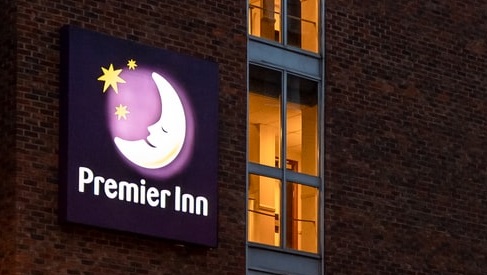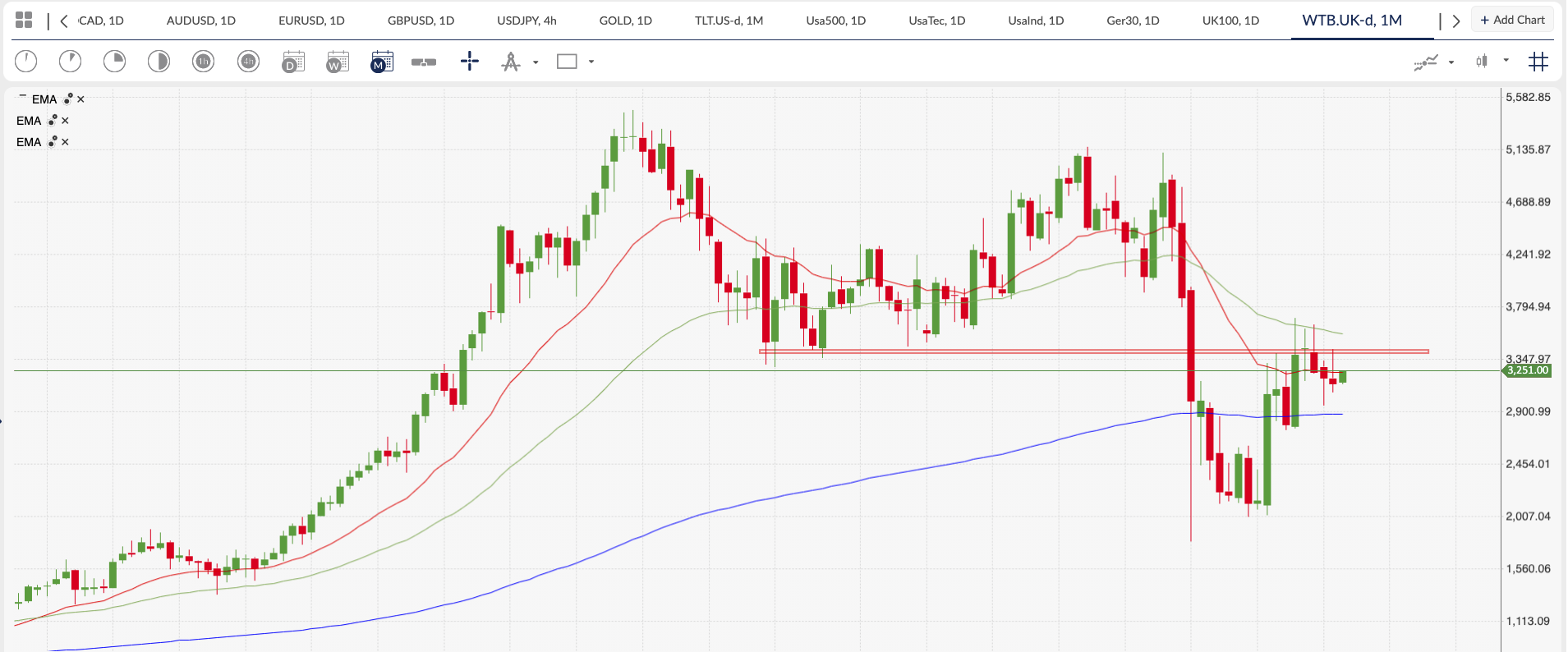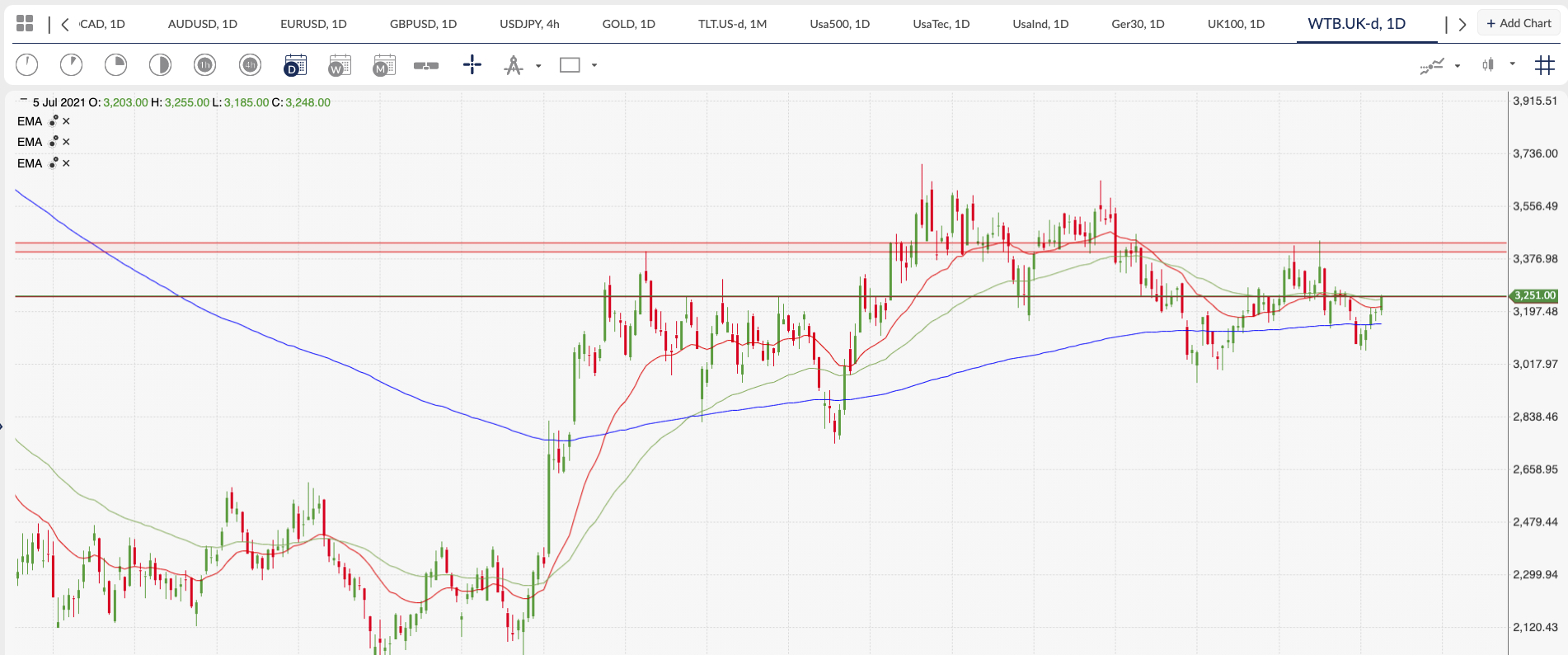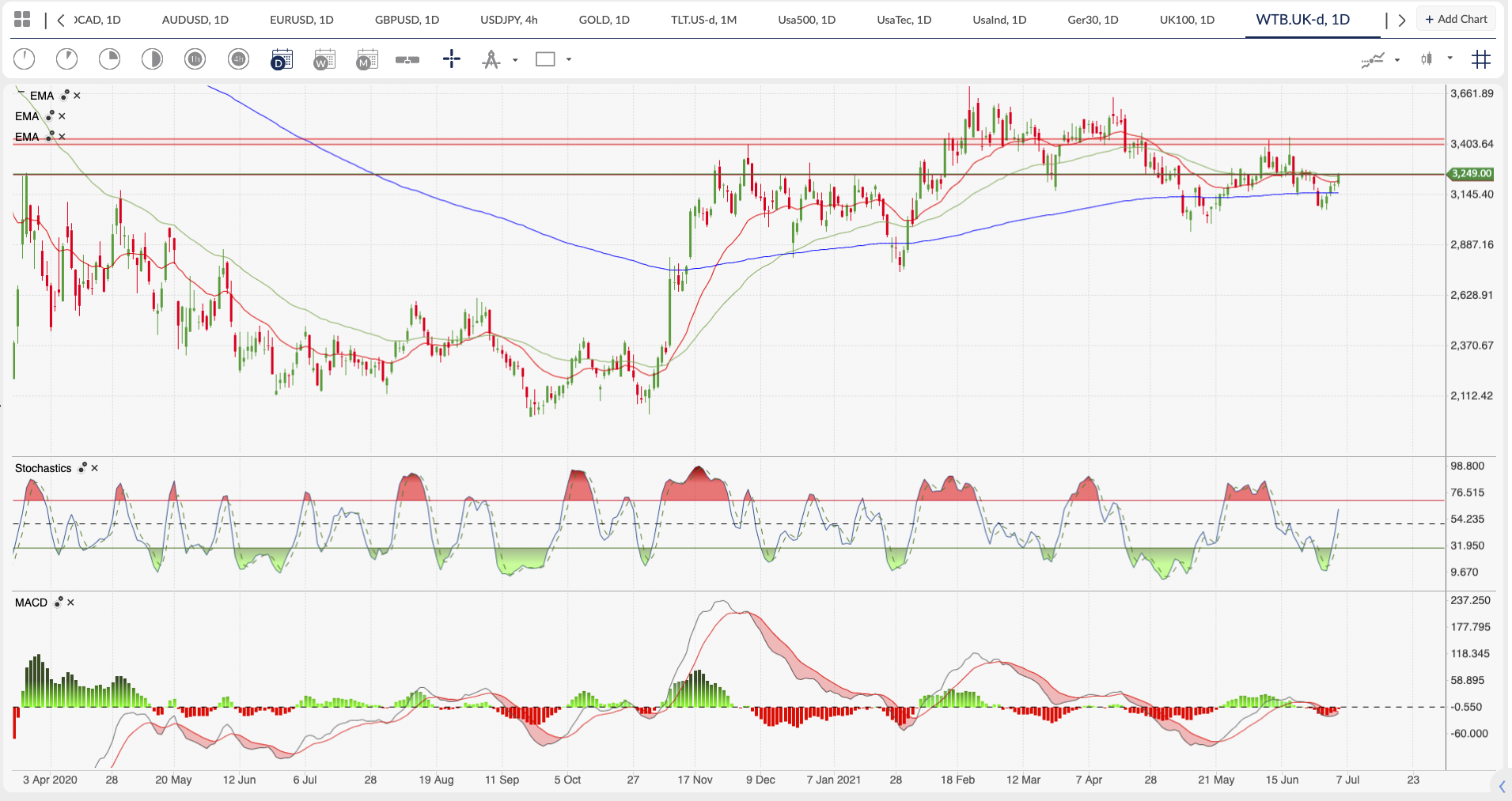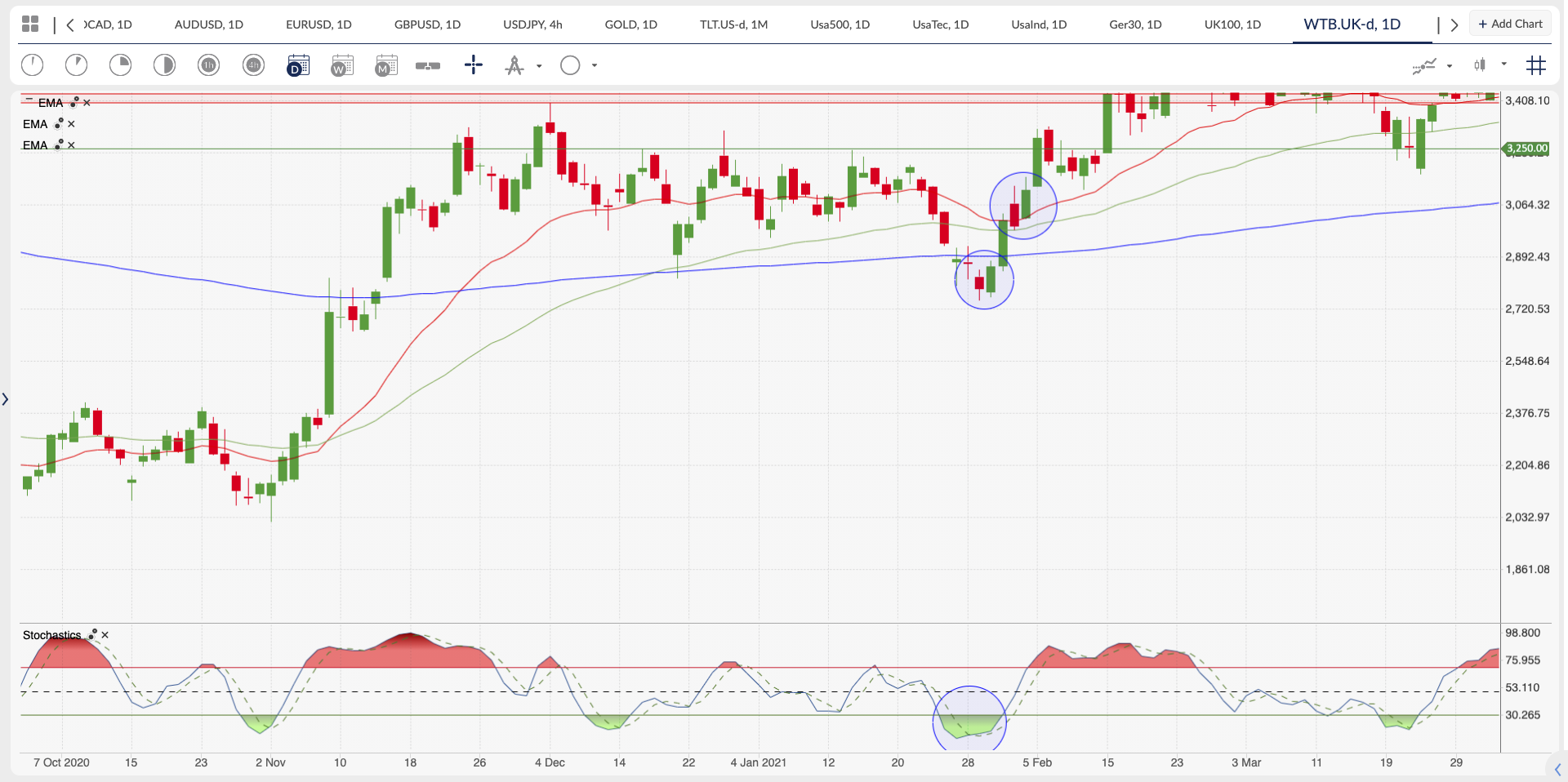Weekly investing Idea
In the USA and other developed economies that are re-opening, the most recent jobs reports are showing that the majority of new hiring’s are happening within the services sector. The vaccine rollouts and flattening of the curves with regards to infections, hospitalisations and deaths are giving the government, consumers and businesses more confidence to open up again.
The consumer services industry was devastated by the lockdowns imposed following the outbreak of the coronavirus when the disease became classified as a pandemic. The UK government kept us all locked indoors unless we had a really good reason to be outside. Builders, nurses and delivery drivers were obviously part of the few professions who were unaffected, but if you were in the pub, restaurant, hotel, theatre or the music business you were basically told to stay away totally during the harshest of lockdown measures and then made to be unprofitable when restrictions eased. Lots of independents moved quickly to adapt to any cracks in the regulations but for the larger corporations, they were unable to pivot so swiftly.
Brexit had already seen an exodus of workers go back to the European Union, the COVID-19 outbreak made anyone who could go back to their homeland make that decision really quickly, for fear of being locked in the UK, with no job and no chance of getting benefits potentially.
Many businesses are still under extreme strain, with rent and other debt building up during the pandemic. The UK government has put forward a plan that would see landlords share some of the pain by taking a haircut on what they are owed, but that may not be enough. Venues, particularly ones that do not serve food and so did not benefit from last year’s “eat out to help out” scheme, or the VAT cut on food will remain under stress for some time to come and inevitably a lot will not return.
Services offer intangible value that has no physical form, in a nutshell we are talking about an experience. Going to the pub of an evening, travelling to an event, using a swimming pool. Things that we took for granted but now have to have an NHS track and trace app to use safely, or a smart phone to order food and beer with. The industry and punters are adapting and in a couple of weeks’ times the UK government may announce the end of mandatory measures, in favour of more common-sense approaches.
Any consumer services business that can survive the last 16 months should be able to make it through the next year or so, assuming the general public go back to how it used to be or as near as possible.


One company that had a little cushion to get through the crazy period that was 2020-2021 is Whitbread Plc. The company sold off one of its operations to The Coca-Cola company with the deal completing in January 2019.


Whitbread Plc had grown the Costa Coffee business to more than 2800 coffee shops after acquiring it in 1995. By 2019 it was worth in excess of £3.9 billion. Currently Whitbread Plc runs the UK’s largest budget hotel chain Premier Inn. They also have Beefeater, Brewers Fayres and Whitbread Inns, with another restaurant brand ‘Table’. Not so bad for a company that started as a brewery back in 1742, who in their illustrious time in business have weathered many storms, even Covid-19 couldn’t finish them off.
On March 23rd, 2020, Boris Johnson told the country that people ‘must’ stay at home and certain businesses must close. There is no official government definition of ‘lockdown’ and it’s a term often used post prison riots, but it has now become synonymous with removal of basic freedoms for the majority. By May 17th, 2021, the company reported that 98% of the Premier Inn hotels were open and assuming there is a full removal of lockdown measures on or by July 19th, 2021, a full recovery can start to take shape.
See real-time quotes provided by our partner.
From the start of 2020 to the lows of March 2020 Whitbread Plc lost over half its market value. With the rolling, easing and increasing restrictions, the share price has basically traded within March 2020’s price range. But on a daily chart it looks like things could be about to pop higher, in-line with the July 19th economy full re-opening.
See real-time quotes provided by our partner.
Vaccine rollouts gave the Whitbread and other Service Sector shares a boost back in the Autumn of 2020. Soon after on the daily chart the 50-period exponential moving average (ema) crossed above the 200 period ema and since then, the 200 ema has provided a decent amount of dynamic support. Lockdowns had hit the share price and the bottom line of Whitbread Plc, and they reported huge first half losses of £725million.
Whitbread Plc hasn’t been able to lead the industry in terms of profits and trails the overall market by about 15%, as it has returned 34.2% for the year whereas the market performance for hospitality has risen 49.6% for the year. Shareholder returns are down -19.6% for the last 3 years, so still some way to go to reach the psychological hook of the 2019 highs or 2015 all-time highs.
See real-time quotes provided by our partner.
The standard MACD is not quite above the 0 signal line but on the last test of the daily 200 ema the stochastic showed an oversold reading. A daily close back above the 20-period moving average should get the MACD over the line and for it to turn bullish and them we could be testing the recent swing high and £34.50 again.
The fundamentals are looking more optimistic as long as the UK government do not pro-long the draconian measures beyond July 2021. If that idea changes, we then need to see the UK government come out with extraordinary measures like a further extension to furlough and some Universal Basic Income ideas to keep firms from folding and mass redundancies occurring.
Assuming all is well, the investor should look to buy and hold and scale in with the trend on the Daily to Weekly chart signals.
See real-time quotes provided by our partner.
The idea would be to wait for the chosen time frame to have the 20, 50 and 200 period ema’s stacked on top of each other, shortest to longest to define the momentum was long. Then as swing highs and lows print higher each time the price action would confirm that the trend was bullish. Using an oscillator like the stochastic indicator with either the standard settings or maybe a more sensitive 10,3,3 then gives you a nice reference for when the pullbacks are over done compared to previous price action. Then it is just a case of waiting for a new candle to close higher than the previous candles high or for a close above the 20-period moving average for the more conservative traders, to get long.
An example of what to look for in a long trade is within the circles in the chart above.
